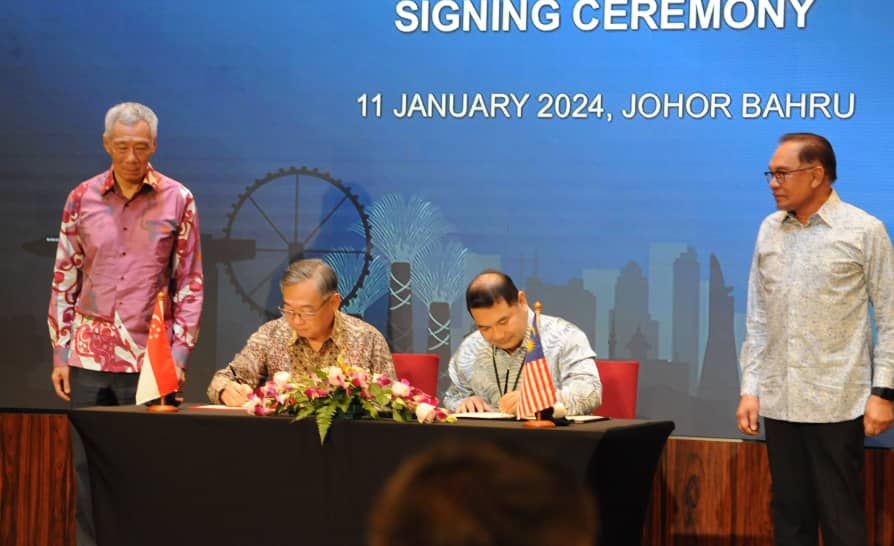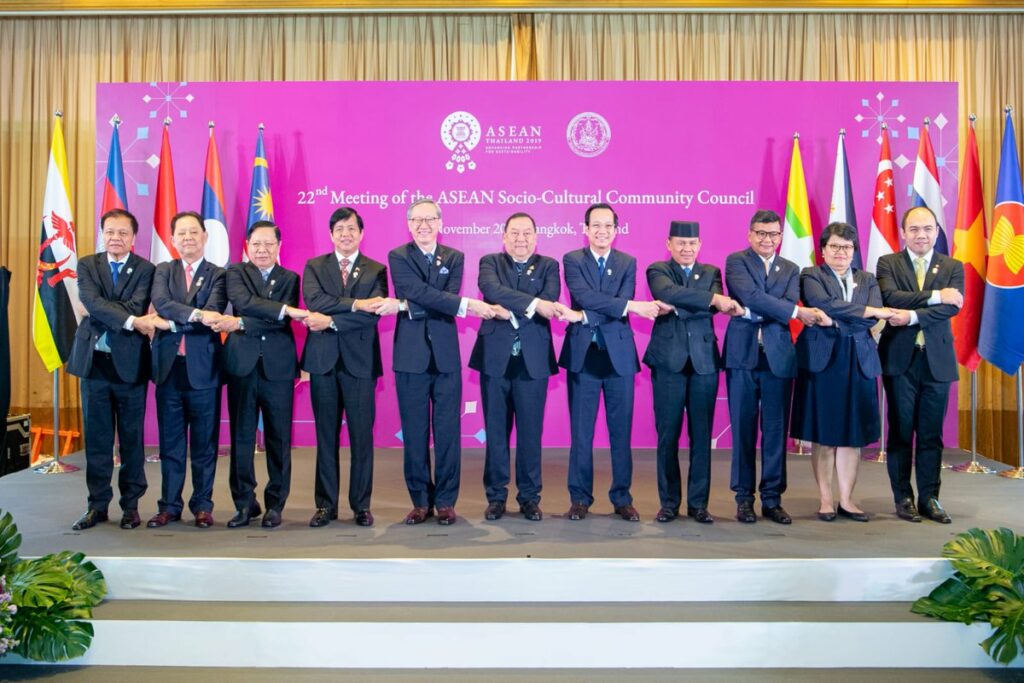Ever since the historic separation of Singapore from Malaysia in 1965, the relationship between the two nations has seen its fair share of ups and downs. However, a new chapter is being written as both countries embark on a groundbreaking collaboration. The joint development of a Special Economic Zone (SEZ) in the southern Malaysian state of Johor. This initiative is aimed at attracting investments and facilitating the movement of goods and people. And certainly will have the potential to reshape the region’s economic landscape.

Now, while they’ve decided to join forces economically, it wouldn’t be a true Malaysian-Singaporean collaboration without a sprinkle of friendly rivalry. It’s no secret that both nations often engage in humorous disputes over whose food tastes better. Malaysians swear by their laksa and nasi lemak, while Singaporeans boast about their Hainanese chicken rice and chili crab. In a harmonious way, of course. It’s almost like a culinary tug-of-war where everyone’s a winner. Because, let’s be honest, both sides have some seriously delicious offerings. Or not?
Another Historic Agreement for Economic Growth
At a ceremony in Johor, Malaysia’s Economy Minister Rafizi Ramli expressed enthusiasm about the project, calling it an “unprecedented opportunity.” The collaborative effort was formalized with the signing of a deal between Rafizi and Singapore’s Trade and Industry Minister, Gan Kim Yong. This marks a significant step towards fostering economic growth, strengthening cross-border trade, and benefiting the economies of both nations.
Singapore’s substantial investment in Johor made it the state’s second-largest foreign investor in the first half of 2022. This underscores the symbiotic relationship between the two neighbors. With Singapore contributing approximately 70% of Johor’s total foreign direct investment in manufacturing, it is evident that a robust partnership could bring mutual benefits.

Shared Prosperity: A Win-Win for Both Economies
As the SEZ project progresses towards completion by the end of 2026, its impact on the region is expected to be transformative. One of the immediate benefits will be the alleviation of traffic congestion on the causeway between Singapore and Malaysia – one of the world’s busiest land crossings. This development is set to elevate Johor’s status, making it one of the busiest and most attractive cities to live in within Malaysia. The subsequent increase in job opportunities will undoubtedly make Johor a lucrative destination for residents over the next decade.
Read more: https://www.marketinginasia.com/johors-sustainable-future-a-visionarys-commitment/
Toward Sustainable Development: A Green Future for Johor
Johor is demonstrating its commitment to sustainable initiatives through a range of efforts alongside its economic collaboration projects. One such effort is an attempt to reduce carbon emissions and develop a green city. This adheres to the Environmental, Social, and Governance (ESG) principles outlined by the United Nations (UN) ESG. These principles include responsible environmental practices, social responsibility, and good governance. By following these principles, the Johor state government is actively contributing to global efforts to address climate change and promote sustainability.
The government’s focus on environmentally friendly practices is significant for the long-term sustainability of the SEZ project. The SEZ is a major economic initiative that aims to drive growth and development in the region. However, this growth must be balanced with the need to protect the environment and ensure that future generations can also benefit from the region’s resources. By prioritizing sustainability, the Johor state government is ensuring that the SEZ project can continue to flourish in the long term without compromising the environment or the well-being of local communities.

A Glimpse into the Future: ASEAN Economic Integration
The current focus of attention is on the collaboration between Singapore and Malaysia, which has far-reaching implications beyond the two countries. This initiative is in line with the vision of the Association of Southeast Asian Nations (ASEAN). They are aiming to create a borderless transaction environment within their member countries. The success of such collaborations will go a long way toward achieving this goal.
As collaborations like this one proliferate across the region, it will lead to increased competition among the member nations. The competition will be intense, but it will drive innovation and creativity, resulting in improved services, products, and infrastructure. The communities within and around these collaborative projects will be the ultimate beneficiaries.
The benefits of this partnership extend beyond just economic growth. It also provides an opportunity for the two countries to strengthen their diplomatic ties and increase cultural exchange. The collaboration will enable the countries to share knowledge and expertise, leading to mutually beneficial outcomes.
A Sustainable Path Forward
As Singapore and Malaysia join forces in the development of the Johor SEZ, the significance of this collaboration extends beyond bilateral relations. It sets a precedent for ASEAN nations to come together, fostering economic growth, environmental sustainability, and shared prosperity. The story unfolding in Johor serves as a beacon, illuminating a path toward a future where regional collaboration becomes the cornerstone of ASEAN’s economic success. Through joint efforts, these nations are not only building bridges but also forging a sustainable legacy for generations to come. With a side of friendly culinary banter.
















